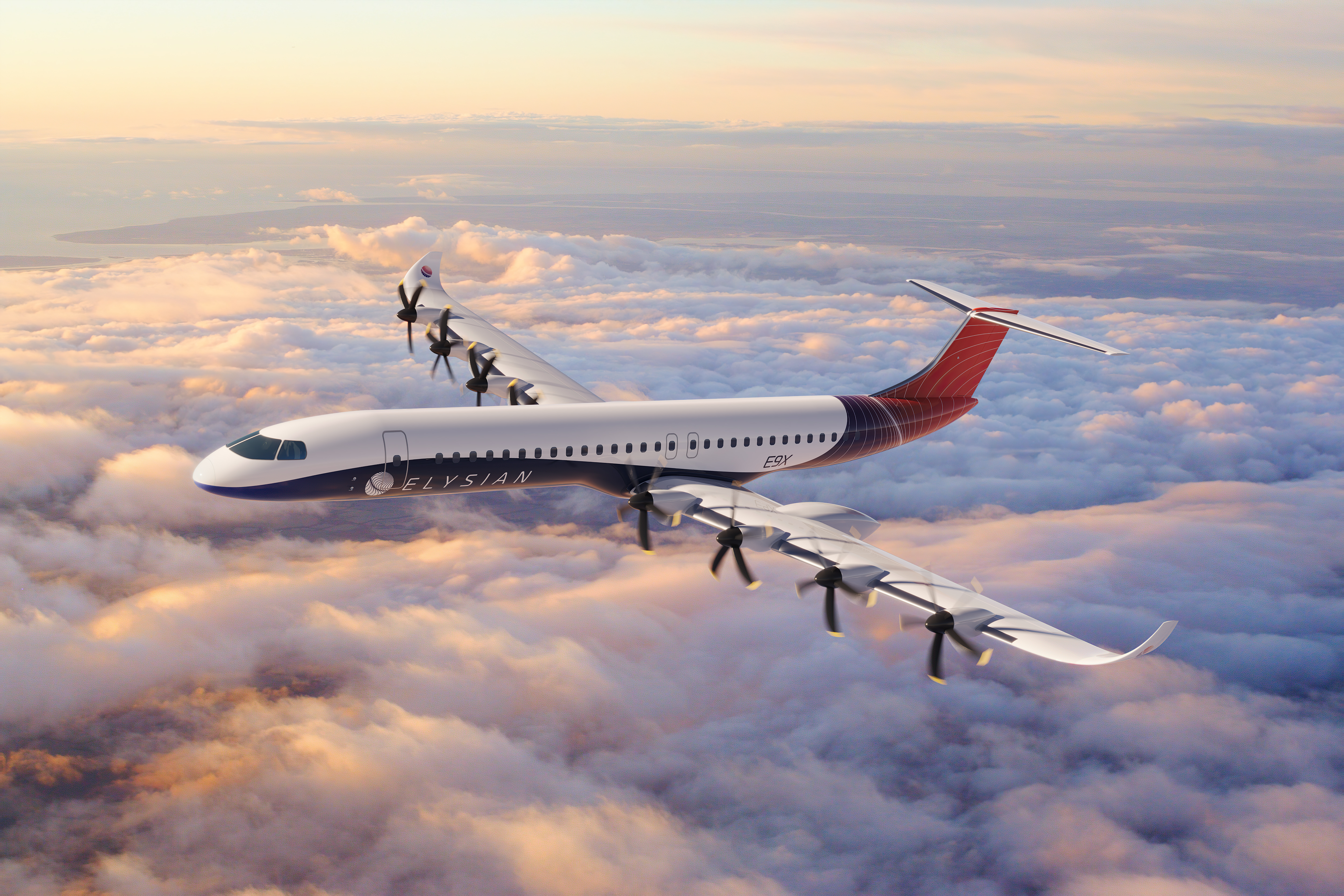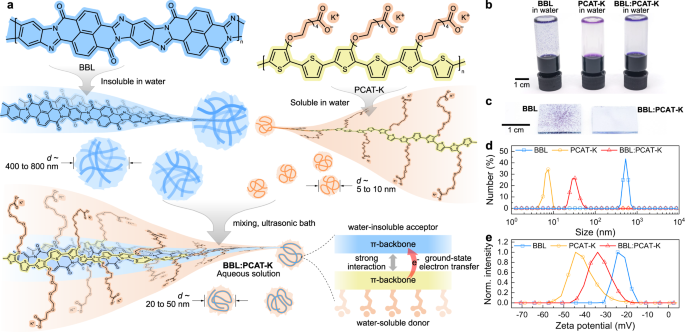2024-01-10 オランダ・デルフト工科大学(TUDelft)

(image: Elysian)
◆Elysianはこの航空機の開発を進め、2033年までに運用を目指しています。Wolleswinkel、de Vries、Hoogreef、Vosによる科学論文は、40-120人乗りで最大1000 kmの巡航距離を持つ電池電動航空機の新しい設計を提案し、既存の仮定を再評価しています。
<関連情報>
- https://www.tudelft.nl/en/2024/lr/new-study-reveals-breakthrough-in-electric-aviation-potential
- https://arc.aiaa.org/doi/10.2514/6.2024-1489
- https://arc.aiaa.org/doi/10.2514/6.2024-1490
バッテリー・エレクトリック航空に関する新たな視点、パート1:航続可能距離の再評価 A New Perspective on Battery-Electric Aviation, Part I: Reassessment of Achievable Range
Rob E. Wolleswinkel, Reynard de Vries, Maurice Hoogreef and Roelof Vos
AIAA SciTech Forum Published:4 Jan 2024
DOI:https://doi.org/10.2514/6.2024-1489
Abstract
Thus far, battery-electric propulsion has not been considered a promising pathway to climate-neutral aviation. Given current and expected battery technology, in most literature battery-electric aircraft are only considered feasible for short ranges (< 400 km) and small payloads (< 19 pax). As a result, battery-electric aircraft development focuses on new aviation segments such as regional and urban air mobility. However, little effort has been made to develop battery-electric aircraft that can replace existing larger aircraft. This paper re-examines the assumptions that lead to the conclusion of limited applicability of battery-electric aircraft. Starting from the range equation, this paper assesses the drivers of two key parameters: the ratio between energy mass and maximum take-off mass, and the maximum lift-to-drag ratio. This assessment, based on Class-I mass and aerodynamic-efficiency estimates, shows that there is a design space where these two parameters can reach significantly higher values than often assumed in the open literature. Based on this finding, several parametric aircraft designs are evaluated, relying on Class-II mass and aerodynamics methods. These parametric studies validate the conclusion from the Class-I assessment. This implies that battery-electric passenger aircraft can play a larger role in climate-neutral aviation than was previously envisioned.
バッテリー・エレクトリック航空に関する新たな視点、パートII:90人乗りの概念設計A New Perspective on Battery-Electric Aviation, Part II: Conceptual Design of a 90-Seater
Reynard de Vries, Rob E. Wolleswinkel, Maurice Hoogreef and Roelof Vos
AIAA SciTech Forum Published:4 Jan 2024
DOI:https://doi.org/10.2514/6.2024-1490
Abstract
Battery-electric aviation is commonly believed to be limited to small aircraft and is therefore expected have a negligible impact on the decarbonization of the aviation sector. In this paper we argue that, with the correct choice of design parameters and top-level aircraft requirements, the addressable market is actually substantial. To demonstrate this, the Class-II sizing of a battery-electric 90-seater is performed, and the environmental impact is assessed in terms of well-to-wake CO2-equivalent emissions per passenger-kilometer. The resulting 76-ton aircraft achieves a battery-powered useful range of 800 km for a pack-level energy density of 360 Wh/kg. For this range, it has an energy consumption of 167 Wh per passenger-kilometer and an environmental impact well below that of kerosene, eSAF, or hydrogen-based aircraft alternatives and comparable to land-based modes of transport. These results indicate that, to successfully reduce the climate impact of the aviation sector, battery-electric aircraft should not be designed as a niche product operating from small airfields but as commercial transport aircraft competing with fuel-based regional and narrowbody aircraft.



